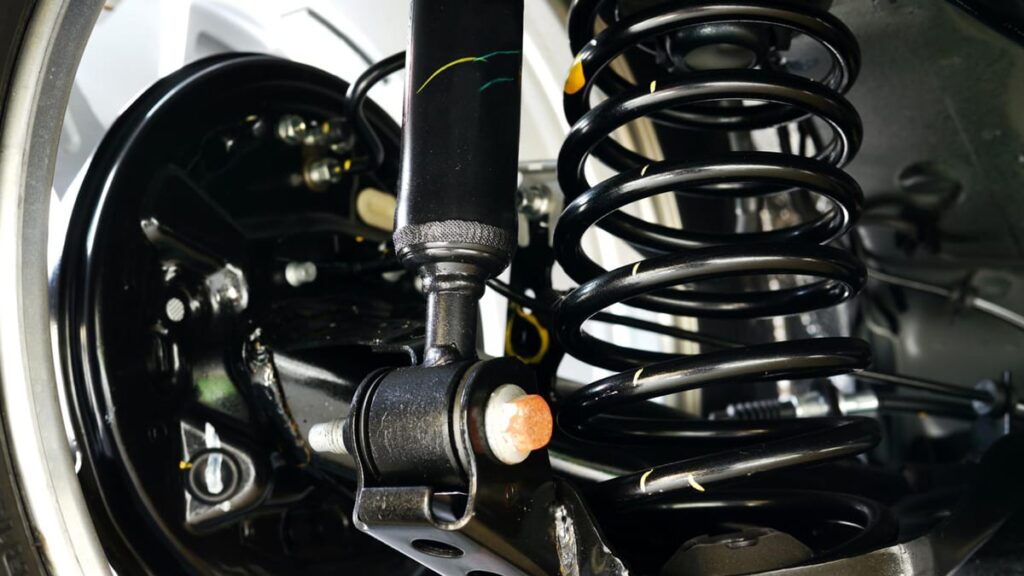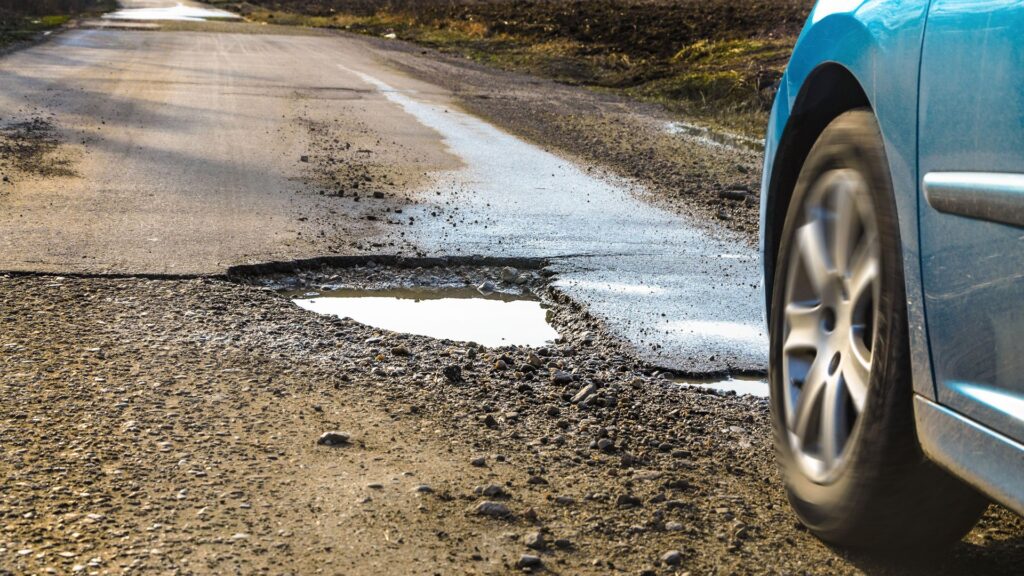Your suspension is designed to soak up the bumps in the road, helping you to have a smooth ride and get to your destination in one piece. But, you may not have realized that your suspension is also an integral and important part of your steering. When the suspension isn’t working properly, you should notice the difference in the way the car handles.
Page Contents
Understanding The Suspension System
In most vehicles, the suspension consists of several elements, including the tires, the air pressure in the tires, shock absorbers, springs, and several linkages that join the suspension components to the rest of the car.
Tweaking the suspension and regularly inspecting it should be done by a professional, you can and should find out more about a reputable one near you. The greater the contact of the tire with the road the better the grip and handling, but the less effective the suspension will be.
Getting the balance right depends on what vehicle you drive and how you like to drive.
It’s also worth noting that the front and rear suspensions system can be different, even on the same car!
Lets’ take a look at the common signs you have a suspension problem:
1. Pulling To One Side

Find a nice straight piece of road and let go of the steering wheel while accelerating gently. The car should continue in a straight line, subject to the camber of the road. If it pulls to one side you have a problem with your suspension system. It’s most likely an issue with tires, shock absorbers, or brakes
2. Doing the test above probably confirms what you already know.
The first thing to do is have your alignment checked, you can even look at the tread wear patterns on your tires. If they are not wearing evenly they may be over or under-inflated and the alignment can be out.
Assuming your tires are okay you’ll need to look at the suspension components. Wear and tear in the joints causes excess play which allows the car to drift.
Get it checked and resolved by a professional.
3. Feeling The Bumps

Cars are designed to absorb the bumps, giving you a smooth and enjoyable ride. However, if you’ve started noticing the bumps more and the roads are the same you need to have your shock absorbers and springs checked.
An easy home test is to push down on the corner of your vehicle, above the tire, with all your force. When you release you should count the number of times the car bounces. Any more than three suggests an issue with the shock absorbers.
You may also hear knocking noises when you drive over bumps or, there may be fluid leaking by your wheels. Most shock absorbers have liquid inside them to create your cushion that gives the smooth ride. If there is a leak the fluid can’t perform its job properly.
Unfortunately, it’s not usually possible to fix the shocks or struts, you’ll need to replace them.
4. Low Corner
Another common issue is one corner of your car sitting lower than the other three. As well as being able to see this you should notice this while you’re driving, the offending corner will feel heavy when you steer.
The most likely cause of this issue is a damaged spring on the one corner. There are many reasons for spring to become damaged. Fortunately, it is easy to replace; with the right tools.
Again, you should check your tires, if this one is a lower pressure that may be all that the issue is. But, if you push down on that corner and it bounces excessively, doesn’t bounce at all, or makes a creaking noise, you need to seek professional help. It’s highly likely that the shock, spring, or both are damaged and need to be replaced.
5. Diving Forward When Braking

If you push the brake hard enough any car will drive forward and toward the ground. This is simply the effort of stopping forward momentum quickly.
But, if it dives forward even when you brake gently, or it rocks back and down when you accelerate normally, you have a suspension problem. In general, it will be the shocks that are unable to cope with the demands of the road and, perhaps, your driving style.
The rocking movement suggests the shocks or struts are actually broken, this means you’ll have a limited amount of time before your car isn’t even driveable. As it’s dangerous to drive like this the sooner you get the issue fixed the better.
6. Rolling On Corners
You can expect a slight roll as you go around a corner. The faster you go round the more intense the roll. However, the car should feel solid and safe. If it feels sloppy and the body rolls excessively you probably have a suspension issue.
Again, this is likely to be broken shocks or struts, something that needs prompt attention and replacing to keep you safely on the road.
7. Heavy Steering

Your steering system is integral to your suspension and a vital part of your car. If the steering has become heavy, especially when you’re only going at low speed, then you potentially have an issue with a lack of power steering fluid, a damaged steering pump, leaking power steering rack, or damaged bushes in your suspension system.
All of these are signs that your steering system isn’t working properly and could stop working altogether at any time. You need to get it looked at quickly.
Inspect Regularly
The key to maintaining your suspension system and avoiding these issues is to have it inspected and serviced regularly. But, alongside the professional looking after your vehicle, you should be aware of the most common issues; as described above.
This, along with your own regular visual inspections, will help to ensure any issues are discovered early. You’ll find this is the best way to minimize the cost of maintaining and repairing your vehicle while keeping it on the road, where it should be!

